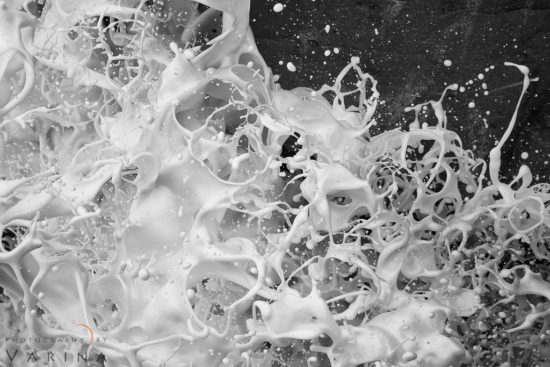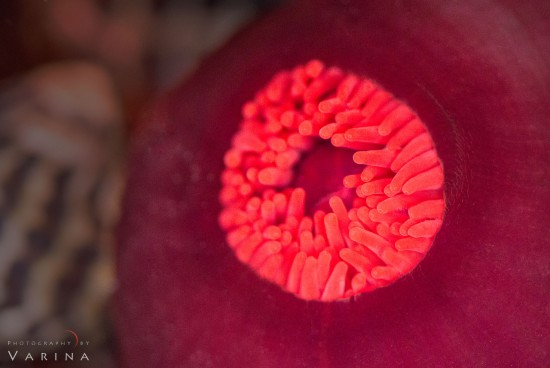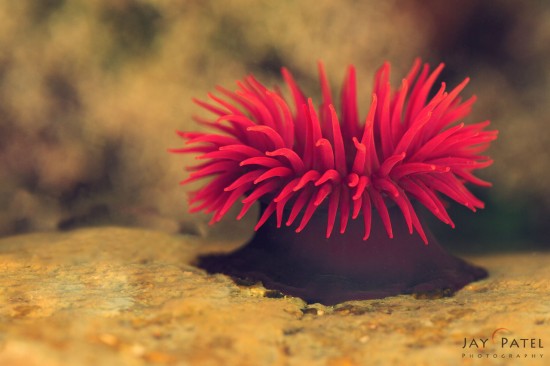Macro photography provides a great extension to my landscape photography. It allows me to slow down, immerse myself in the environment that I am shooting, and notice all the wonderful details in the world around me. However, macro lenses are not as easy to use as they appear. It’s best to make sure that you know their limitations and quirks before trying to use them on location. Additionally, an outdoor macro photographer faces several challenges while trying to photograph small subjects. To capture successful macro photographs, you need to overcome several challenges.
Finding the Right Subject
While this may sound like it is not a challenge, finding the right subject requires you to slow down and really get close to your subject. Large macro subjects like a Hawaiian gecko may be easy to spot, but finding them can be challenge. If you know ahead of time the subject you want to photograph, a bit of research goes a long way towards trying to finding them. Even if you do find them, they may not be in an ideal location to photograph.
Smaller subjects, like these salt crystals from Death Valley, require you to be really close to your subject to spot them. You may even have to look through your macro lens to see a good macro subject. So, if you want to find a good macro subject, I highly recommend that you slow down and immerse yourself in local environment.
Dealing with the Weather
Managing wind is one of the most common challenges to overcome when shooting any subject that is not completely static (such as flowers, leaves, and stems). When possible, we use a fast shutter speed to capture sharp photos of the wind-blown subject. However, in most cases this is not as straightforward as it sounds. We must routinely decide on the right trade-off between DOF (aperture), shutter speed, ISO, and the right filters.
Besides wind, we have to deal with harsh, uneven light and rain at times. We combine filters, diffusers, and reflectors with creative workflow to overcome weather-related challenges when we are shooting on location.
Focusing on Moving Subject
If you find that you are struggling to focus on moving macro subjects like this tiny hermit crab, you are not alone. The focus mechanism on the macro lenses is very slow (specially if you are working at the edge of its near focusing limit). Additionally, it is very difficult to re-frame your photos by moving your macro lenses because even the smallest lens movements make your subject fall out of the frame.
We employ a fast shutter speed with creative focusing workflow to capture tiny subjects like these hermit crabs in the photo above. For this particular shot, Jay pre-focused on the a spot near the crab and waited for the hermit crab to emerge from its shell before taking the shot.
Developing Creative Workflow
Technical expertise alone is not enough to capture stunning photos with your macro lens. Even if you know how to use your camera and your macro lens outdoors, macro subjects may present problems that will require a creative workflow. When we took students out to photograph these gorgeous sea anemones at low tide during our 2013 Australia Workshop, we found that almost every single one of these sea anemones was closed.
To capture these sea anemones, Jay filled a water bottle with fresh sea water and poured the water near the sea anemones. This created bubbles to simulate an incoming tide. Within a few minutes, he was able to coax the sea anemone to open up so that the students could capture these gorgeous shots.
This is exactly the kind of information you will find in our upcoming Macro Lenses Course. We provide an in-depth look at how we use our macro lenses and we teach you to overcome the big challenges of shooting small subjects with your macro lens. You will be able to see how we work in the field with step-by-step case studies. We also explore how to create stunning photos using a macro lens using our straight-forward, non-technical teaching style.
Visual Wilderness http://ift.tt/2ImRZjU
Sourced by Time Trap Photography sharing the best photography tips, news and tricks throughout the industry. Time Trap Photography is dedicated to freezing those special moments in life that can be revisited and admired for generations to come. - Shannon Bourque
Please visit our main site for booking availability and rates.

Receive valuable industry knowledge delivered free to your email each day.















No comments:
Post a Comment
Thank you so much for your comment. A moderator will review and approve all relevant posts. We appreciate your support and encourage you to stay with us by subscribing to our email updates. Where you can easily pick and choose what photography subjects interests you. Subscription link: http://bit.ly/photo-sub